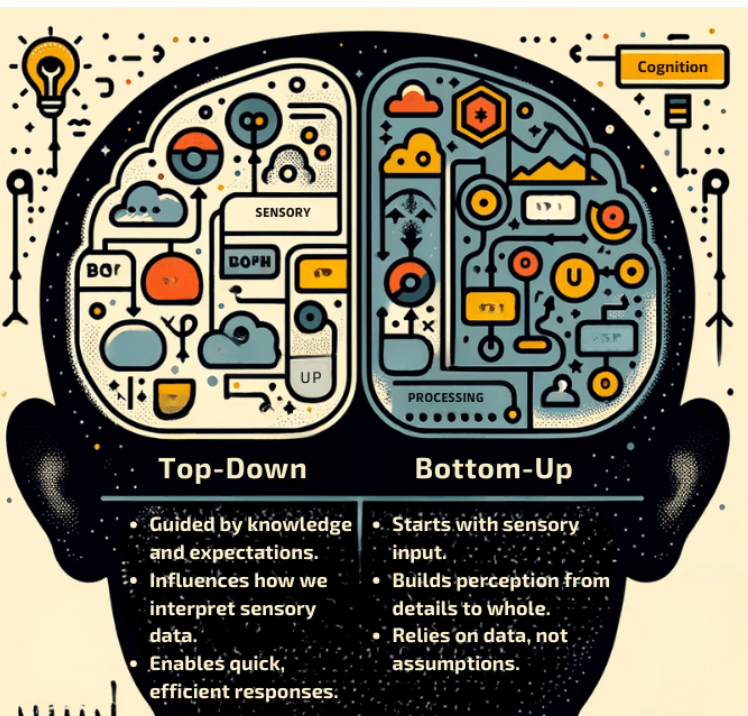The difference between perception and sense: how we make sense
On Friday, September 27, 2024, we explored the intricate relationship between perception and sight, highlighting how we interpret the world. The evening bridged art and science, offering insights into both realms.
Why I Support the Sydney Eye Hospital
Forty years ago, I faced a rare eye condition that threatened my vision. The recommended treatment in the U.S. cost over $250,000, but I found a leading surgeon in Bondi, Sydney, who restored my sight with a corneal transplant for just A$700. This transplant is now over 40 years old. Supporting the Sydney Eye Hospital is deeply personal—raising awareness of our incredible healthcare system and its world-class ophthalmologists is a mission close to my heart.
The Evening's Journey
Ralph Kerle explains Underwater Lillies
The program focused on two key areas:
1. **Perception from an Artist’s View**: I shared how our brains process visual information from an artistic perspective.
2. **The Science of Sight**: Dr. Con Petsoglou, Director, NSW Medical Tissue Bank, Associate Professor, University of Sydney and senior ophthalmologist who has helped maintain my vision for 30 years, explained the physiology of the eye and its interaction with the brain.
Together, we explored how my eye condition influences my artwork.
Sight and My World as an Artist
Top down and bottom up elements.
Vision dominates how we interpret the world, accounting for over 72% of our sensory input. Nobel laureate Eric Kandel provides a framework for understanding this. He explains perception through two processes:
**Bottom-Up Processing**: Our brain’s instinctual response to visual stimuli.
**Top-Down Processing**: How past experiences shape what we see.
Kandel’s concept of **unconscious inference** shows how perception is an illusion shaped by both immediate input and personal history.
Dr. Con Petsoglou’s Insights
Dr. Petsoglou detailed the condition known as **keratoconus**, a corneal disorder that distorts vision. As someone living with this condition, his explanation resonated with me. The distortions caused by keratoconus shape how I see and interpret the world, which directly influences my art.
My Artistic Journey
I shared how my artistic path evolved, from my early days in multimedia to discovering kayaking as a source of inspiration. On the water, I saw reflections that resembled abstract masterpieces, which I began capturing and sharing. My eye condition didn’t hinder my creativity—it enriched it, allowing me to present the world uniquely.
The Intersection of Art and Science
The evening demonstrated how understanding sight enhances our appreciation of perception in art. Likewise, artistic perspectives offer insights into scientific concepts. We concluded with an audience member sharing their interpretation of my artwork, **"Appassionata,"** reaffirming that each of us perceives the world uniquely.
Thank you to all who joined this enlightening journey. Let's continue to explore the myriad ways we make sense of the world.
---
*Interested in seeing the world through my lens? Explore my latest works at Ralph Kerle Art
Event Sponsors








